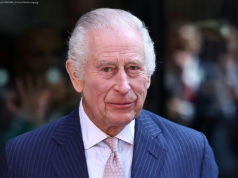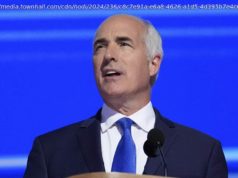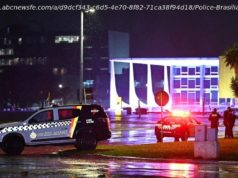A crisis management best practice is to find ways to improve and strengthen responses to a disaster or emergency by learning from other crisis situations.
A crisis management best practice is to find ways to improve and strengthen responses to a disaster or emergency by learning from other crisis situations. It’s essential, of course, to choose appropriate and relevant examples and carefully weigh their similarities—and differences.
The California Camp Fire in 2018 (also known as the Paradise fire) and the Lahaina wildfires on Maui last week are worth comparing for what they tell us about managing future crises.Similarities
Clifford Oliver is a retired former assistant administrator of FEMA and is now the principal at Nanticoke Global Strategies. He said via email that the similarities include:
They “were both in remote areas, bringing in additional firefighting resources took time…firefighters were forced to abandon their firefighting efforts once structures in more densely populated areas started to burn.”
“A high percentage of the buildings in each town were consumed by the fire.”
“As the fires approached the towns and started to burn structures, those structures became fuel and ember sources that fed the spread and speed of the fire.”
“Many died in their cars when they were trapped by the flames while trying to escape the approaching fire. In both cases, there were limited evacuation routes that became clogged with traffic.”
Andrea Davis, an emergency management expert, said via email that “From the initial onset of the fire, the speed of the winds and Maui’s topography made it challenging for first responders to not only respond quickly but to access impacted areas posing significant challenges to get the fire under control.”
Like the Camp Fire, the speed and intensity of the wildfires on Maui, “didn’t allow for any notification to residents in the impacted area, leaving individuals with limited ability to evacuate safely,” Davis observed.






